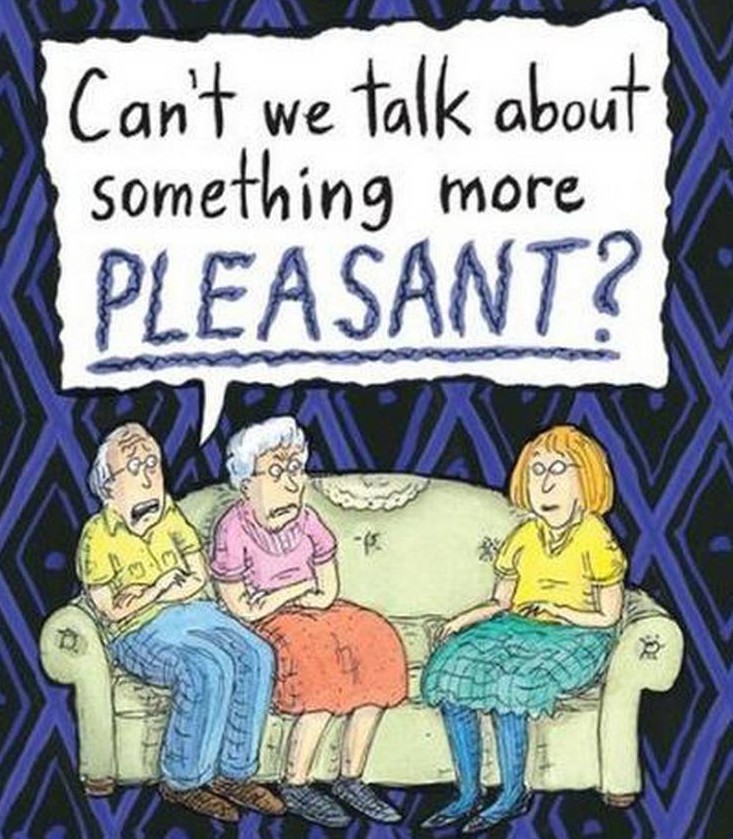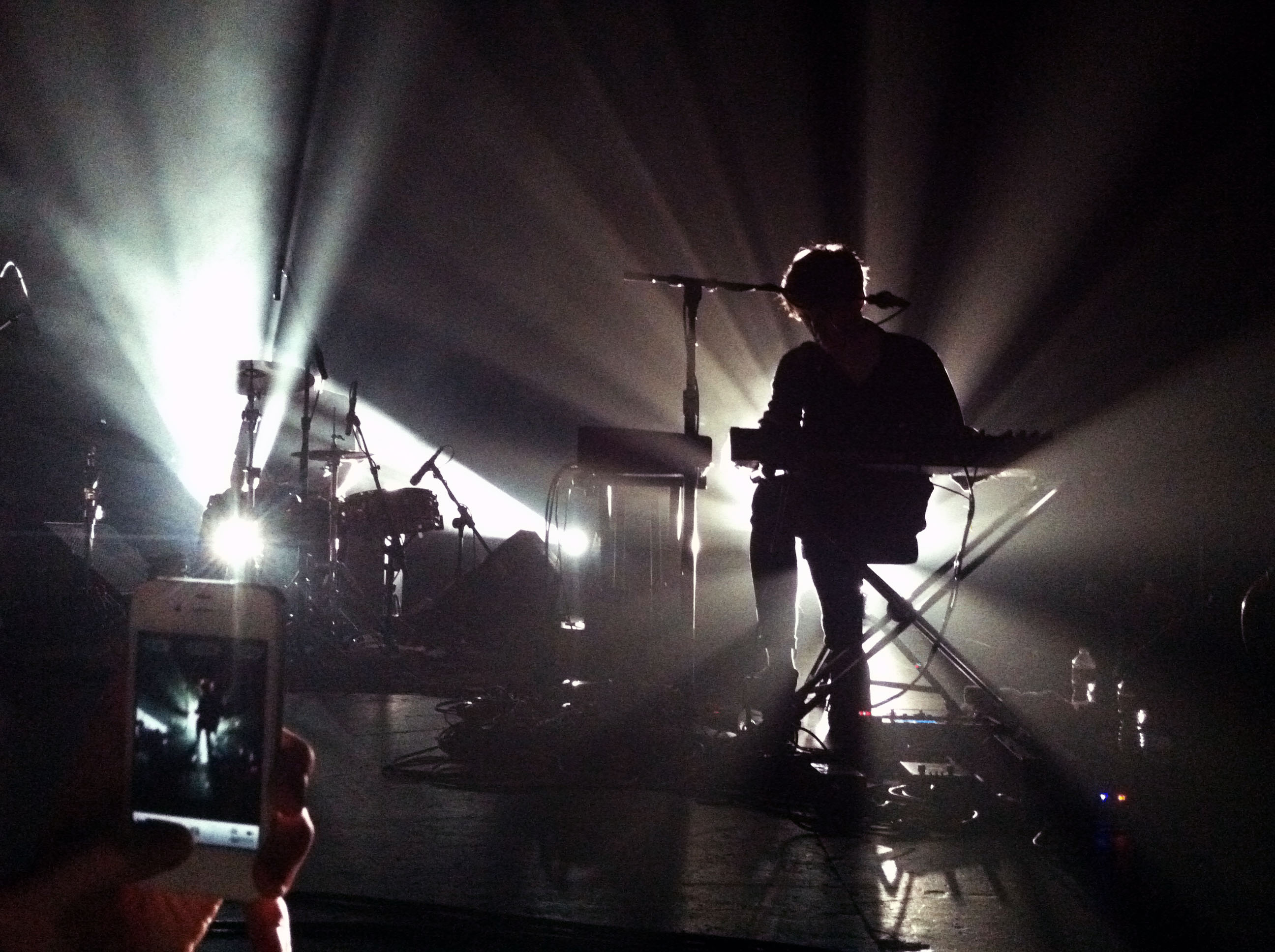One of the happiest aspects of moving to LA has been this – anytime I listen to a new artiste, or even an old favorite, I go to the corresponding last.fm page and look at their scheduled appearances. In nearly all cases, the artiste is scheduled to perform in this city. Maybe it’s just my choice of musicians, but the ones I’ve been to in the recent past have performed in small, intimate locations – the Wiltern, the Greek Theater, The Music Box. The last I went to was James Blake, last Monday. I had a great time.
Blake makes my kind of music. The kind that refuses to let me parallel-process as I listen to it. Moody, atmospheric synth-collages dance around his voice, which itself is auto-tuned, flange-layered, digitally masticated beyond recognition. Hearing his self-titled album for the first time was a sort of quasi-religious experience. I remember sitting in a corner that night with my earphones, my eyes closed, trying to take in every nuance of ‘The Wilhelm Scream’ as it played over and over. That particular song touched a raw nerve – a plaintive five-line refrain that whispered and stormed, echoed and warbled, as the world changed around it. I had associated Blake’s style with that of a solo music-smith’s digital experiments, that would lose its potency live. Sometimes, the mystery behind the curtain – the smoke, the mirrors – is necessary to accentuate the musicmanship. Intrigued by the idea of a live performance, I went looking for his videos online. And was blown away a second time.
As a venue, the Music Box falls into the mid-sized category, perfect for someone like Blake. I got there early – not a bad thing at all, as when the doors opened at 8, I headed straight to the front of the floor and stayed put. For what seemed like hours and hours, groan. Teengirl Fantasy took the stage at exactly 9 PM, and played a set that blew ears, minds and expectations. I had never heard of them before, but whew, their sound-cloud offering does not get a fraction of the vibe of their live set, where thumping bass loops mesh with otherworldly sounds.
[soundcloud url=”http://api.soundcloud.com/users/1448452″]You knew Blake was coming onstage when the stage lights turned blue. (No, seriously. That’s the predominant color on his album cover. I was expecting that, yeah) Right from the opening song – ‘Unluck’, the first track on his album – Blake and his musical cohorts on drums and sampler/guitar seemed to bend the rules of sound and light that night, playing to an appreciative audience that cheered and woo-hoo-ed at every opportunity. Weirdly enough, there were cheers even mid-song, forcing Blake to break character and smile impishly, in the middle of some particularly soulful passages.
Random observations about the show:
- The way the singer’s voice shattered my assumptions. It surprised me to see just how much of Blake’s voice is really his voice, not electronically manipulated or enhanced – especially in songs like ‘Give Me My Month’, where it’s just him and the piano. He is a tremendously gifted singer, and it was awe-inspiring to see how the vocal calisthenics that appeared studio-tweaked were just raw talent.
- I liked the way Ben Assiter used both a drum machine and an acoustic drum-kit, sometimes simultaneously. This may not seem like a big deal to you, but I am obsessed with sounds, and this is what I mean by a peek at the bones of a song – the realization, for example, that the sound of the hi-hat on Blake’s cover of Feist’s ‘Limit to your Love’ is really a hi-hat.
- ‘I Never Learned To Share’ and ‘Lindisfarne’, two songs where Blake actually sequences and layers his voice, gave me goosebumps.
- The new songs they played, one to close the show, the other in the encore, sounded more upbeat, much unlike Blake’s usual style, making for a concert where the melancholy, sparse melodies were punctuated with very peppy, head-bopping sequences. And it also makes me happy to know that Blake is not sticking to the style that has worked for him, and is trying out different things. It’s also made me fairly sure that I am going to see this guy the next time he performs in LA.
- The throbbing bass, oh dear god, especially on the encore track ‘Anti-War Dub’ and ‘Limit to your Love’. Think about the deepest, most gut-rattling growl of a subsonic frequency you’ve ever heard, and you’ll probably understand. Maybe.
- Blake introduced drummer Ben Assiter and guitarist Rob McAndrews as his high-school friends, who have been accompanying him since the very beginning of his career. That made me smile.
- My favorite Blake song, in case you haven’t figured it out already, is ‘The Wilhelm Scream’. It was the last song (pre-encore), just like I had expected, but maybe because I had already you-tubed it, the song did not have the level of spontaneity to it as the others. Perhaps that is not so surprising after all, considering how much these guys must have played the track live.
- This did not however prevent me from recording the song myself, on the phone.


